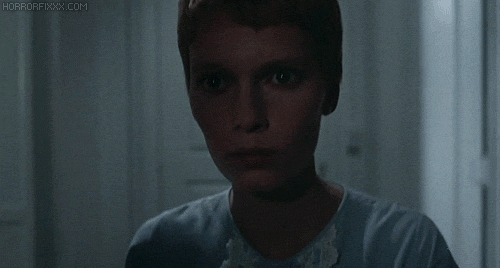This film was my first Kung Fu Cinema. Unless you would
really Call Rush Hour 1 and 2, Kung
Fu Cinema…I guess so. I always heard about Bruce Lee and I definitely know
Jackie Chan, and now here are some new names for me. I was leery about watching
this film, with the mentality in mind that it may be cheesy, but I was actually
wrong. I really enjoyed this film! It was one of my favorites in this class
this semester. It had comedy, drama, romance, action…basically it was a
blockbuster. However, it was not a predictable blockbuster that can be really
annoying. I believe that I enjoyed this movie so much is because of the
familiar plots and aesthetics it has evoked.
 Dumas believes Kung Fu Hustle “detaches “kung fu from
many of its associations with main land politics in an attempt to appeal to a
more progressive, cosmopolitan generation that the one before” (Dumas). We
clearly see Western style/plot: the “ten-gallon” hat, shoot-offs, music, “city-life.”
Fulfilled 21st century action cinema: “high budget, stylish, and
action-packed” (Dumas). Mixed with that is the genre Wuxia Pian—new and wildly
popular literary genre characterized by fantastic depictions of local space of
the past, superhuman feats, and dramatic/dangerous romantic liaisons. It is
large and in charge! Though being a blockbuster, it links to Hong Kong
identity. It represents China in the present and past, and kung fu heroism.
However, all of this connects to Western ideologies. We all, especially me, link
between Chinese martial arts and popular entertainment. This film reminded me
of The Matrix, Rush Hour, some John Wayne westerns, and probably a bunch more! When
I think of Chinese films, I think of martial arts…nothing else. That is what probably
most of Western culture thinks. Foreign films cater to what we preconceived,
and they show exactly that and more. Dumas explains this well in the reading:
Dumas believes Kung Fu Hustle “detaches “kung fu from
many of its associations with main land politics in an attempt to appeal to a
more progressive, cosmopolitan generation that the one before” (Dumas). We
clearly see Western style/plot: the “ten-gallon” hat, shoot-offs, music, “city-life.”
Fulfilled 21st century action cinema: “high budget, stylish, and
action-packed” (Dumas). Mixed with that is the genre Wuxia Pian—new and wildly
popular literary genre characterized by fantastic depictions of local space of
the past, superhuman feats, and dramatic/dangerous romantic liaisons. It is
large and in charge! Though being a blockbuster, it links to Hong Kong
identity. It represents China in the present and past, and kung fu heroism.
However, all of this connects to Western ideologies. We all, especially me, link
between Chinese martial arts and popular entertainment. This film reminded me
of The Matrix, Rush Hour, some John Wayne westerns, and probably a bunch more! When
I think of Chinese films, I think of martial arts…nothing else. That is what probably
most of Western culture thinks. Foreign films cater to what we preconceived,
and they show exactly that and more. Dumas explains this well in the reading:
“Though this merging of Eastern and
Western spaces and aesthetics might be viewed, to some extent, as a reflection
of Hong Kong’s own unique experience as a “third” nation, the unnaturalness of
Chow’s synthesis of prevalent conceptualizations of China and America’s past
seems haphazardly composed not in any sincere attempt to explore Chinese or
Hong Kong identity, but rather in order to appeal to some preconceived notion
of the national sentiment and sensibilities of potential viewers worldwide”
(Dumas).
Now after filtering that through our brains…what do you
think? Should films, whether Western or foreign, should cater to the audience
not from their country to their preconceived notions, and their ideologies? Or
should they stick to their roots?































